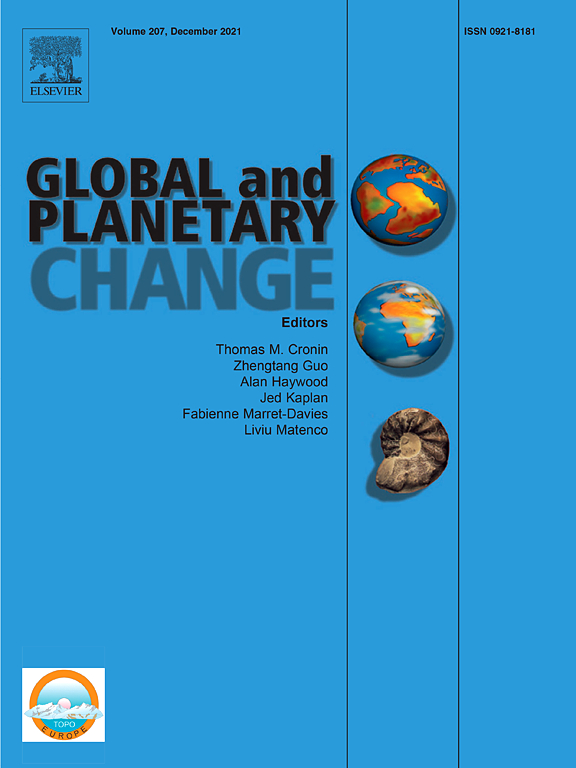Publications
Middle Holocene hunter–gatherers of Cis-Baikal, Eastern Siberia: Combined impacts of the boreal forest, bow-and-arrow, and fishing
Middle Holocene hunter–gatherers (HG) of the Cis-Baikal region, Eastern Siberia, display substantial spatio-temporal variation in adaptive strategies highlighted by several cultural transitions. These transitions are examined focusing on the role of the following factors: (1) Changes in the distribution of the boreal forest; (2) Technological innovations; (3) Intensification of fishing; and (4) their combined impacts on subsistence and social structure. The expansion and retreat of boreal forest was important because it directly affected the distribution and abundance of [...]
Environments during the spread of anatomically modern humans across Northern Asia 50-10 cal kyr BP: What do we know and what would we like to know?
Northern Asia (here, the Russian Federation east of the Urals) played a key role in the spread of anatomically modern humans (AMH) across the Eurasian continent during the Upper Palaeolithic (UP). This time interval witnessed the climatically harshest and most variable part of the last glacial epoch when AMH spread to all continents, with the exception of ice-covered Antarctica, thus raising questions about how humans and environments interacted. Our review of available proxy records shows that the study [...]
Walnuts, salmon and sika deer: Exploring the evolution and diversification of Jōmon “culinary” traditions in prehistoric Hokkaidō
The goal of this contribution is to stimulate a wider reflection on the role of food consumption practices throughout prehistory. We focussed on the Jōmon communities of Hokkaidō Island in Northern Japan since these mobile foragers underwent a process of economic diversification and intensification, eventually leading to higher levels of sedentism across the Pleistocene-Holocene transition. Moreover, dynamic social settings and expansion of the subsistence base at the start of the Holocene would have provided rich opportunities for novel [...]
Hydrological (in)stability in Southern Siberia during the Younger Dryas and early Holocene
Southern Siberia is currently undergoing rapid warming, inducing changes in vegetation, loss of permafrost, and impacts on the hydrodynamics of lakes and rivers. Lake sediments are key archives of environmental change and contain a record of ecosystem variability, as well as providing proxy indicators of wider environmental and climatic change. Investigating how hydrological systems have responded to past shifts in climate can provide essential context for better understanding future ecosystem changes in Siberia. Oxygen isotope ratios within lacustrine [...]
Resource processing, early pottery and the emergence of Kitoi culture in Cis-Baikal: Insights from lipid residue analysis of an Early Neolithic ceramic assemblage from the Gorelyi Les habitation site, Eastern Siberia
In the early Holocene, Mesolithic hunter-gatherer communities inhabiting the Cis-Baikal region of Eastern Siberia were participating in a series of important cultural changes. These included the establishment of large cemeteries in the Angara Valley and on the Southwest shores of Lake Baikal, culminating in the formation of the distinctive Early Neolithic Kitoi cultural pattern ca. 7560 cal. BP. Around the same time, the appearance of clay pots in a few Kitoi graves and at some contemporary habitation sites marks [...]
Chronological and regional variation in developmental stress and behavior of Early and Late Neolithic Cis-Baikal hunter-gatherer juveniles: Insights from diaphyseal cross-sectional geometry
This study explores growth (increase in size) and development (change in structure and function) in Middle Holocene Cis-Baikal hunter-gatherer populations to evaluate chronological and regional variation in developmental health and juvenile behavior using post-cranial Cross-Sectional Geometry (CSG). It also evaluates whether sexual differences in size and habitual behavior were evident by the end of adolescence. Age and body size standardized femur, tibia, and humerus midshaft CSG are used to test for differences between Early Neolithic (EN) and Late [...]




